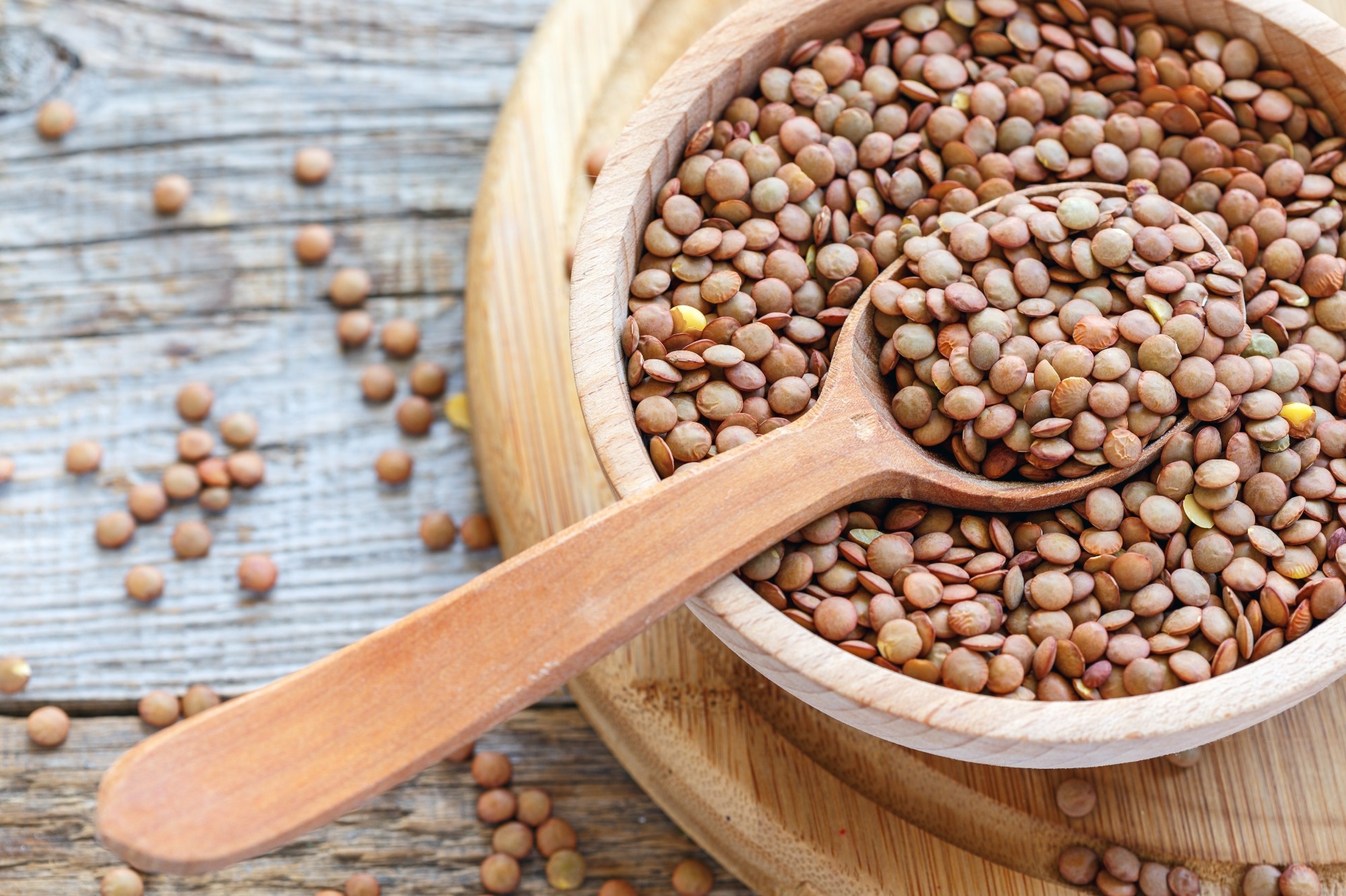In a recent study published in The Journal of Nutrition, researchers assessed the effectiveness of integrating iron-fortified lentils (IFLs) into rural Bangladeshi teenage female diets concerning their body iron (Fe) status.
 Study: Consumption of iron-fortified lentils is protective against declining iron status among adolescent girls in Bangladesh: evidence from a community-based double-blind, cluster-randomized controlled trial. Image Credit: SMarina/Shutterstock.com
Study: Consumption of iron-fortified lentils is protective against declining iron status among adolescent girls in Bangladesh: evidence from a community-based double-blind, cluster-randomized controlled trial. Image Credit: SMarina/Shutterstock.com
Background
Iron deficiency (ID) is a common micronutrient issue worldwide, particularly in low-income nations, impacting females. Sustainable solutions, such as iron fortification, have the potential to alleviate worldwide inadequacies by reaching out to vulnerable communities while remaining cost-effective.
Studies have shown that iron-fortified meals can increase iron status biomarkers across ages. Lentils, a protein-rich legume, are effective in Fe fortification, boosting iron content and relative bioavailability. Lentils are a promising choice for micronutrient fortification due to their high protein and iron levels.
About the study
In the present double-blinded, community-based, randomized controlled trial, researchers evaluated the impact of IFLs on adolescent female body iron status in Bangladesh.
The trial involved 1,195 females aged 10 to 17 years. The researchers randomly allocated 48 BRAC Adolescent Club members (27 girls in a club) into the intervention, comparator, and control groups.
The intervention group received 200 grams of cooked iron-enriched lentils, the comparator group received an equivalent quantity of cooked lentils not fortified with iron (NIFLs), and the control group followed their regular diet with no additional lentil intake.
All participants were non-pregnant, non-breastfeeding, nulliparous, and healthy non-smokers. The researchers fortified the Saskatchewan-grown small red lentils with 16 parts per million (ppm) of iron per 100 mg of lentils for the study.
The study intervention, provided five days weekly for 85 days, yielded 8.6 mg of iron per serving of iron-fortified lentils and 2.6 mg from non-iron-fortified lentils.
The team obtained blood samples at days 0, 42, and 85 of feeding to assess iron and inflammatory biomarker levels such as serum ferritin (sFer), soluble transferrin receptor (sTfR), total body iron (TBI), C-reactive protein (CRP), and complete blood count (CBC).
They used self-reported questionnaires to obtain socio-demographic data and the seven-day diet recall (7DDR) questionnaire from the 2011–12 Bangladesh National Micronutrient Survey to assess participant dietary intake and food security.
The researchers performed linear mixed and multinomial logistic regression modeling for analysis, considering upazilas or sub-districts of Bangladesh as an effect variable.
They stratified the participants as responders and non-responders to iron status variables to determine whether the difference in iron status between groups was due to response to group assignment.
Results
The study groups showed a reduction in iron levels with time; however, individuals from the intervention group showed a significantly reduced decrease in serological ferritin (-7.20 µg/L, 22%) and TBI (-0.5 mg per kg) than those in the comparator (sFer, -14 µg per L and total body iron, -1.4 mg per kg) and control (sFer, -13 µg per L, and total body iron, -1.3 mg/kg) groups.
In addition, the intervention group showed a 57% (odds ratio, 0.4) reduced iron deficiency risk (sFer below 15 µg/L) than the control group.
Iron-fortified lentils prevented the intervention group from deteriorating Fe status (sFer and TBI), contrasting the comparator and control groups.
The most significant improvements in sFer, Hgb, and TBI levels among IFL consumers occurred within the first two months of intake. Adolescents who consumed iron-fortified lentils showed a substantial rise in serum ferritin (5.7 µg/L) compared to the control group after 85 days.
Total body iron increased by 0.8 mg/kg in the intervention group compared to the control group. Adolescent girls consuming iron-fortified lentils showed a 42% (odds ratio, 0.6) and 77% (odds ratio, 0.2) lower likelihood of developing mild and moderate anemia, respectively, compared to controls.
Over four months, the researchers found that the intervention group had a much lower fall in hemoglobin levels (0.2 g/dL) than the comparator and control groups. Similarly, the intervention group showed a protective effect against TBI compared to the comparison group (0.9 mg/kg) and the control group (0.8 mg/kg).
The team found no significant changes in sFer, hemoglobin, or TBI levels in the comparator group compared to the control group.
The intervention group had a higher number of sFer responders (14% vs. 7.6% and 7.5%), hemoglobin responders (17%), and TBI responders (13% vs. 6.9% and 8.4%), indicating a stronger reaction to the intervention.
The study findings showed that iron-fortified lentils significantly impacted the iron status of teenage females in Bangladesh. The IFL intervention proved an effective and acceptable food-based technique for reaching a vulnerable group.
The findings might help future lentil and other food-based public health campaigns eliminate iron deficiency globally. National and international non-governmental organizations (NGOs) and humanitarian groups may use IFL as a public health commodity to benefit ID and IDA individuals and those at risk of the same in low-resource contexts.
The study's findings can help shape future lentil policies and other food fortification measures, provide scientific knowledge on IFLs, and develop a market for IFLs.
Consuming IFLs can assist individuals with chronic iron deficiency and anemia, as well as those who are at high risk.
Journal reference:
-
F.M. Yunus, C. Jalal, A. Das, K. Afsana, R. Podder, A. Vandenberg, D.M. DellaValle, (2024) Consumption of iron-fortified lentils is protective against declining iron status among adolescent girls in Bangladesh: evidence from a community-based double-blind, cluster-randomized controlled trial., The Journal of Nutrition, doi:https://doi.org/10.1016/j.tjnut.2024.03.005. https://jn.nutrition.org/article/S0022-3166(24)00153-6/fulltext